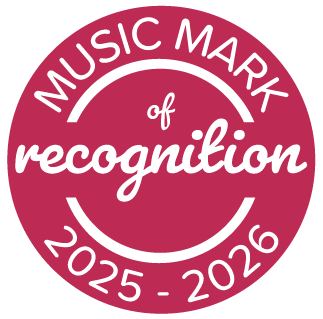Marking and Feedback
Marking and Feedback Guidance
Live Marking and Feedback
At SUN, we believe that verbal, 'in the moment' feedback has the biggest impact on a child's learning when provided during the lesson. We have introduced 'live marking' in our lessons, whereby the teacher is able to address misconceptions, ensure stretch/challenge and give positive and constructive feedback as the children need it. The EEF has reported on recent research into feedback methods which has influenced our decisions around feedback. EEF Feedback Recommendations Poster.
'Live’ Marking
Principles;
- Focuses on the process of learning and not necessarily the outcome
- Should not focus on SPaG corrections
- Involves real-time dialogue between the teacher and individual learners or small groups of learners
- Feedback is personalised, differentiated, immediate and two-way
- Enables the teacher to give examples and model with learners
- Enables other learners to listen in and benefit
- Is time efficient
- Is sympathetic to teacher workload
We have devised a Marking Code (see below), which enables valuable verbal feedback to take place, with minimal written response through the use of codes and shorthand, which the children and adults working in school all understand. We obviously continue to address gaps in learning through this individualised feedback, in conjunction with whole class feedback that can address wider misconceptions as and when needed.





